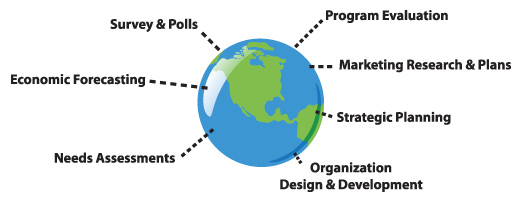
Applied research
Applied qualitative research is concerned, first
and foremost, with the usefulness and application of knowledge. Its primary
focus is on the production of knowledge that is practical and has immediate
application to pressing problems of concern to society at large or to specific
public or private research clients.
Applied Versus Basic Research
Since the inception of applied research, there
has been much conversation, across various fields of social science, about the
distinctions, relative strengths, and even relative value of applied versus
basic research. These distinctions were historically presented in stark
contrast, with basic research being portrayed as pure, highly controlled,
bias-free research often done in the lab for the sake of knowledge alone and
unchallenged by practical, real social problems.
Applied research was described as field based
and designed to solve problems, often at the behest of nonscientists; thus, it
was viewed as nonacademic, less controlled, less rigorous, potentially biased,
and atheoretical in its orientation to outcomes rather than concepts.
Many writers, in line with the writings of
Lewin, argue against these stark distinctions, viewing the differences between
basic and applied social science research as more nuanced and on a continuum
rather than dichotomous. Russell Ackoff suggested that it is the researchers’
intentions and the audience’s use of research data that distinguish the two.
Willy Lens showed how B. F. Skinner’s basic research had obvious applications;
whereas Sigmund Freud’s applied work had a clear theoretical basis and outcome.
Types and Uses of Applied Research are action
research, participant research.
Applied research spans many substantive areas of
interdisciplinary research and human services to address a wide range of
persistent social problems as well as theoretical questions. Because applied research
is so relevant to the general public, it is often used to inform governmental
policy and legislation,
Applied research is also employed by community
based researchers, such as community psychologists, for community analysis and
development, program evaluation and/or planning, prevention research (e.g.,
substance abuse prevention, violence prevention), and the empowerment of
vulnerable populations.
:Applied Research Methods
Formulating the problem
Constructing the model
Testing the model
Deriving a solution from the model
Testing and controlling the solution
Implementing the solution





